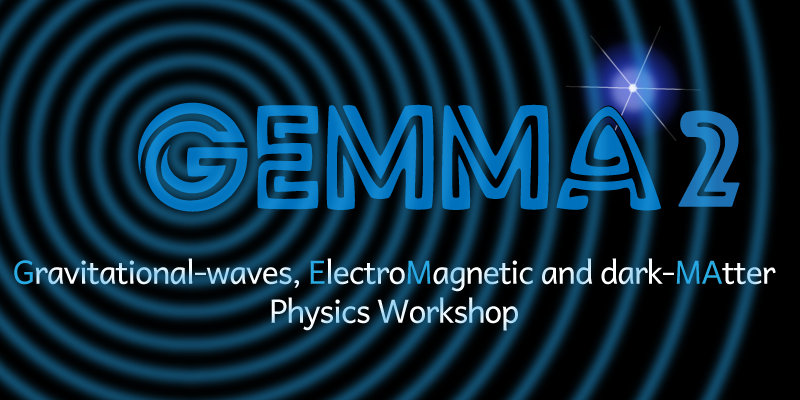Description
Advanced techniques for Quantum Noise reduction in next Gravitational Waves detectors: SIPS integration for Einstein-Podolsky-Rosen squeezing experiment
Presentation type: Poster
Authors: W. Ali 1,2, B. Garaventa 1, F. Sorrentino 1, M. Bawaj 6, M. De Laurentis 3, F. De Marco 4,5, S. Di Pace 4,5, L. Naticchioni 4, V. Sequino 3, S. Lee 8, S.Pak 9, J. Gyu Park 7, K.Kim 8, H. Ahn9, S. Lee 9, C. Hee Kim 8 , Y. Kim 8, Gabriella Chiarini 3,10
Affiliations: 1 INFN Genova, 2 University of Genova, 3 University of Naples “Federico II” and INFN Naples, 4 INFN Roma, 5 University of Rome “La Sapienza”, 6 University of Perugia and INFN Perugia, 7 Yonsei University ,8 Korea Astronomy and Space Science Institute, 9Kyung Hee University, 10Max Planck Institute for Gravitational Physics (Albert Einstein Institute)
ABSTRACT
Gravitational waves (GWs) interferometers are significantly impacted by quantum noise, which affects the entire bandwidth of the current GW detectors (10-10,000 Hz). This noise, manifesting as shot noise (SN) at higher frequencies and radiation-pressure noise (RPN) at lower frequencies, limits the precision and sensitivity of these measurements. To address this challenge, squeezing techniques are employed to reduce quantum noise by narrowing the uncertainty in one quadrature of the light field. Enhancing this approach, the current detectors, Advanced Virgo Plus and Advanced LIGO Plus, have incorporated Frequency-Dependent Squeezing (FDS) using a 300-meter-long detuned filter cavity to achieve the rotation of the squeezing ellipse, and then reflected back into the interferometer injecting phase squeezing at high frequency, where SN dominates, and amplitude squeezing at low frequency, where RPN dominates.
An alternative technique to reduce quantum noise across the entire sensitivity band employs Einstein-Podolsky-Rosen (EPR) entanglement. This approach involves injecting two entangled beams at distinct frequencies into the interferometer dark port, thereby enabling the interferometer to act concurrently as a filter cavity and a GW detector. The Suspended Interferometer for Ponderomotive Squeezing (SIPS) developed by Roma group, adopts the layout of a large-scale GW interferometric detector, featuring a Michelson configuration with high-finesse Fabry-Perot arm cavities on a meter scale optical bench. SIPS is designed to be sensitive to RPN in the same frequency band of GW interferometers (1 Hz - 1,000 Hz) and will soon integrate with the EPR squeezing setup at the EGO laboratory. This integration aims to test EPR technique into an interferometer like Virgo. The poster highlights the current status of SIPS and showcases preliminary simulation results, underscoring its potential impact on the field.

